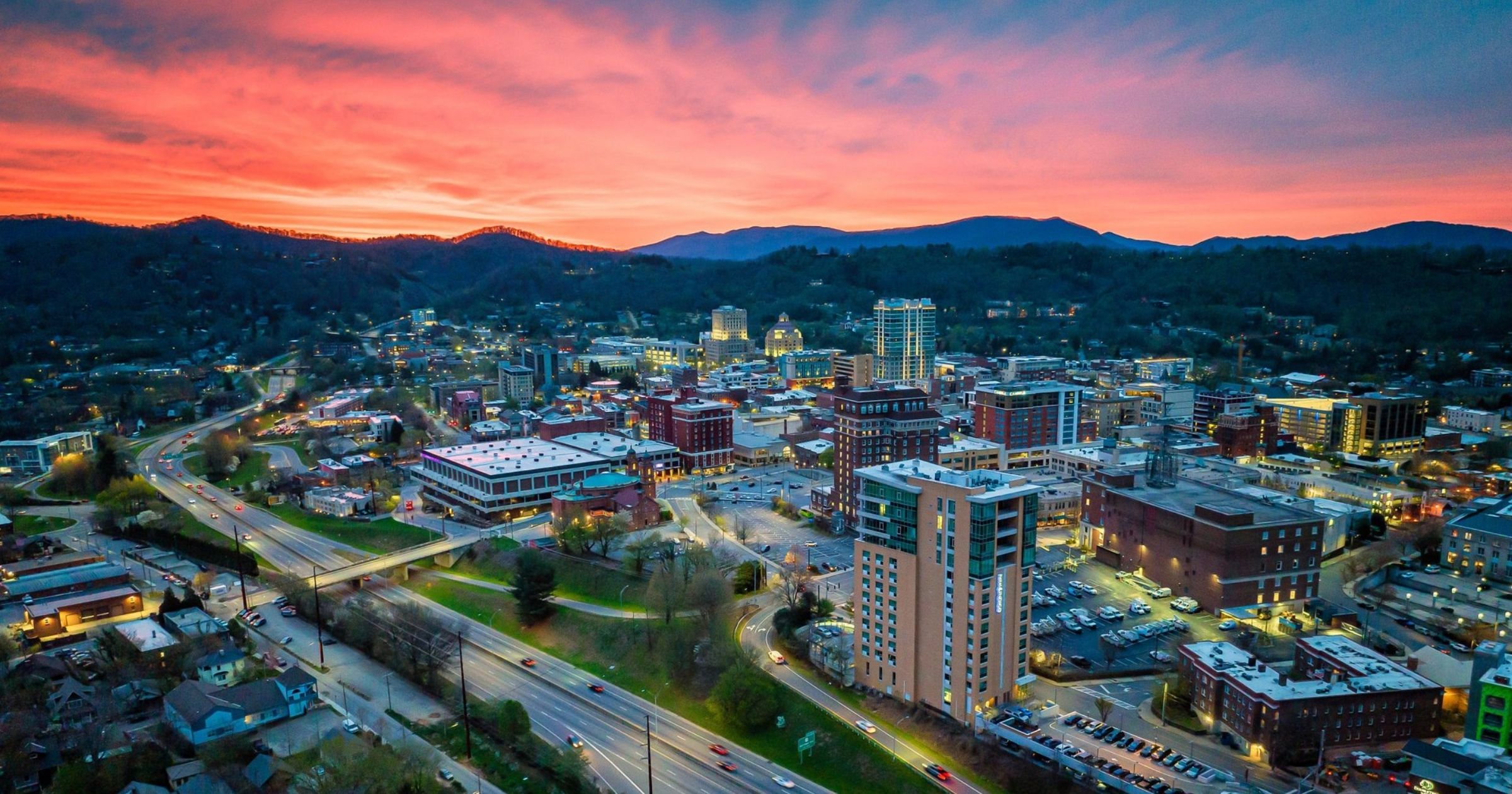5 Stunning U.S. Stargazing Sites
Do your groups hope to map constellations on their tour? Consider these five locations, with skies so dark, the stars can't help but light up the night.
Chaco Culture National Historical Park (New Mexico)
Chaco Canyon has a long history of stargazing, beginning with the Chacoan people in the mid 800s. Today, groups could observe the night sky among ancient ruins. The park's natural nighttime darkness, commitment to reducing light pollution, and ongoing public outreach earned it certification as an International Dark Sky Park. Evening Night Sky Programs are generally offered April through October, and offer presentations on archaeoastronomy, cultural history and more—followed by telescope viewing of celestial objects.
Cherry Springs State Park (Pennsylvania)
Nearly as remote and wild as it was two centuries ago, Cherry Springs State Park is one of the darkest spots east of the Mississippi. Certified as an International Dark Sky Park, the Milky Way is sometimes bright enough to cast shadows on the ground. Programs, tours and hikes are available, and the viewing area—located north of Route 44—is always open.
Death Valley National Park (California)
The hottest, driest and lowest national park is also the largest International Dark Sky Park in the U.S. Death Valley National Park harbors some of the darkest night skies in the country. Popular spots to stargaze include the Mequite Flat Sand Dunes and the Harmony Borax Works, and park rangers lead programs to guide groups across both moonlit dunes and constellations. Temperatures can reach well above 100 degrees Fahrenheit during summer, so plan visits from November to April.
Headlands Dark Sky Park (Michigan)
The two-and-a-half miles of undeveloped Lake Michigan shoreline and 600 acres of old-growth timber of the Headlands Dark Sky Park offer a chance for groups to catch a glimpse of the Northern Lights. Programs are available, rain or shine, and the Dark Sky Discovery Trail leads visitors from the Headland's entrance to the designated Dark Sky Viewing Area along a one-mile paved path.
Mauna Kea (Hawaii)
Mauna Kea, a 13,803-foot dormant volcano, is the highest point in Hawaii. The summit, which sits 13,800 feet above sea level, is closed to visitors after sunset, but the world's largest and most advanced astronomical observatory perches at 9,200 feet—an optimal viewing point for observing the night sky. Free stargazing programs are held every evening at the International Astronomy Visitor Information Station, beginning at 6 p.m., and astronomers consider the stargazing to be the best on the planet.
Written by Cassie Westrate, staff writer for Groups Today.
Photo courtesy of the National Park Service.



